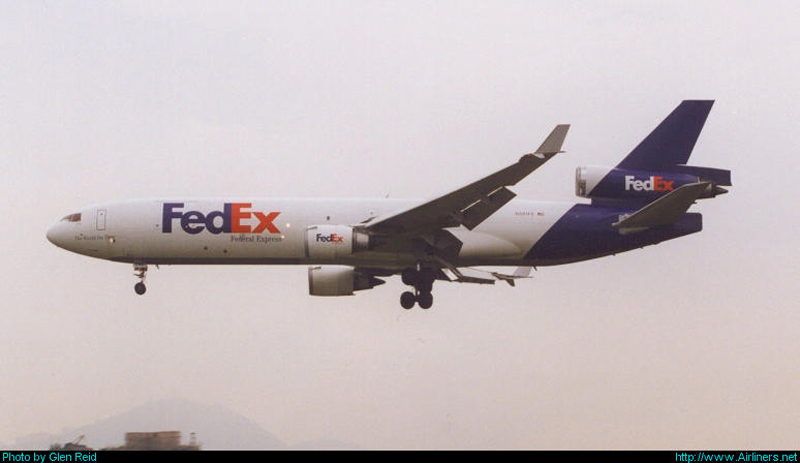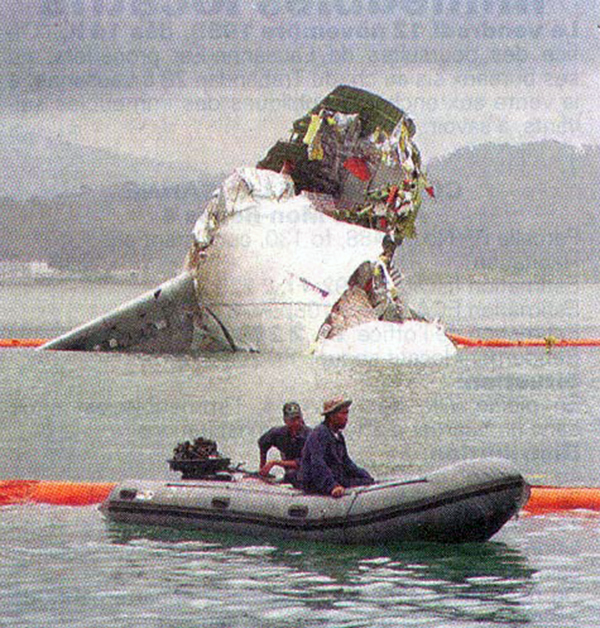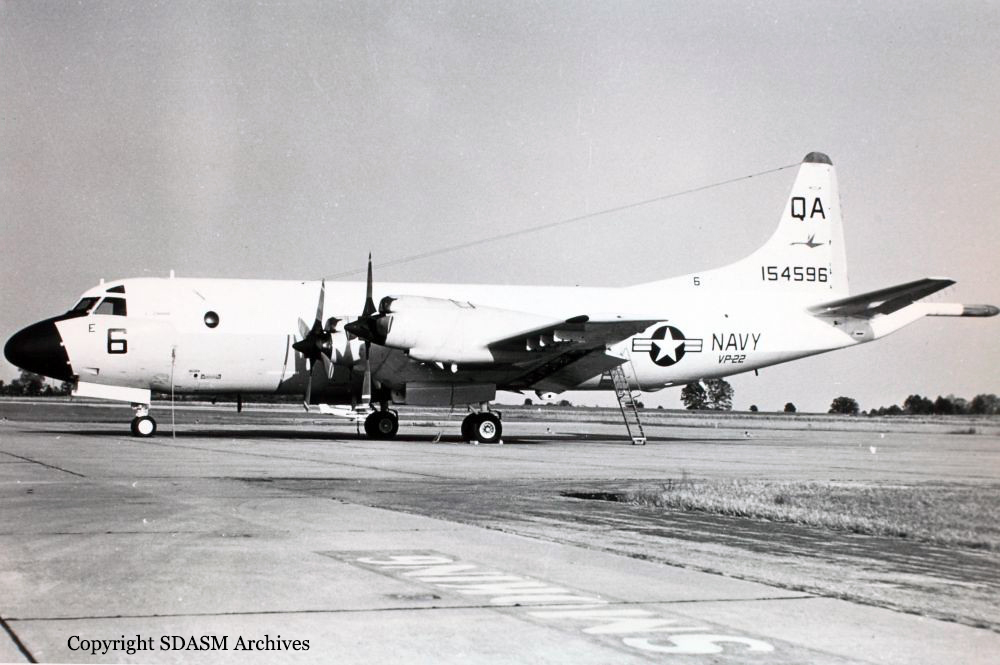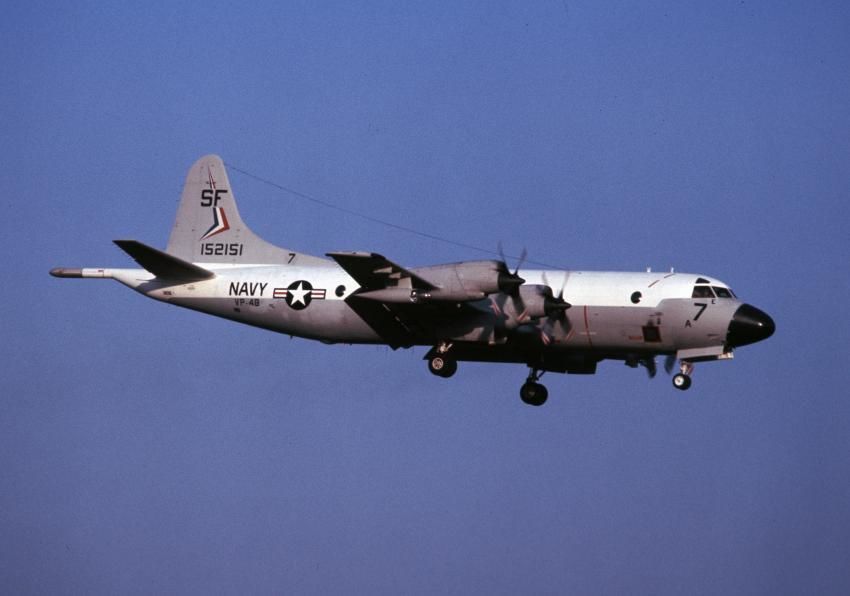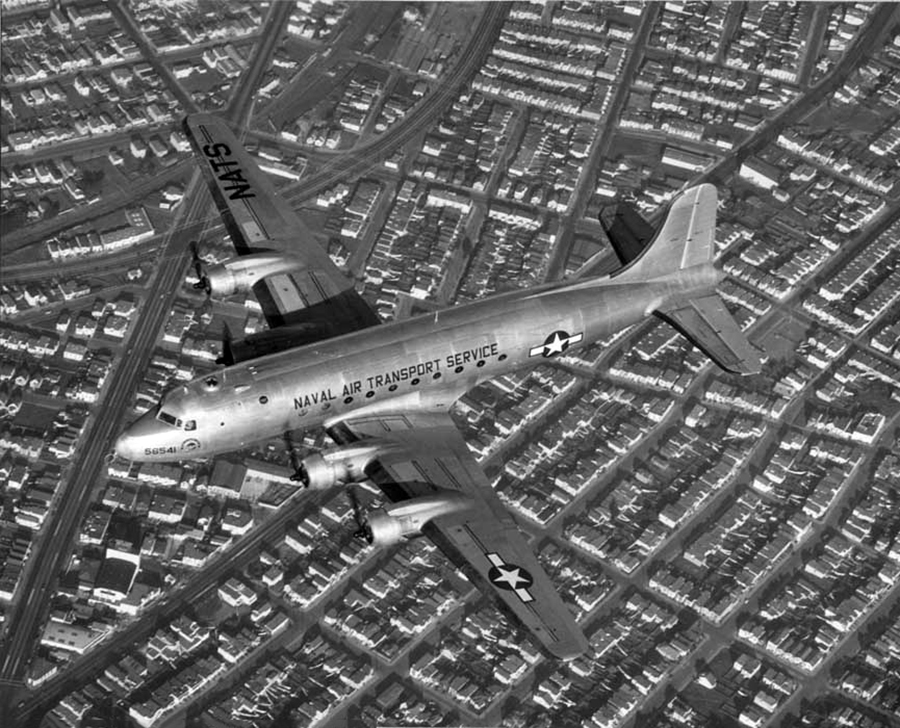Crash of a McDonnell Douglas MD-11F in Subic Bay
Date & Time:
Oct 17, 1999 at 2357 LT
Registration:
N581FE
Survivors:
Yes
Schedule:
Shanghai – Subic Bay
MSN:
48419
YOM:
1990
Flight number:
FDX087
Crew on board:
2
Crew fatalities:
Pax on board:
0
Pax fatalities:
Other fatalities:
Total fatalities:
0
Captain / Total hours on type:
1430.00
Copilot / Total hours on type:
2300
Aircraft flight hours:
30278
Aircraft flight cycles:
5817
Circumstances:
The aircraft departed Shanghai-Hongqiao Airport at 2116LT on a cargo flight to Subic Bay with a load of electronics and garments. Weather conditions at Subic Bay Airport was at follow: scattered at 1,800 feet and 7,000 feet, light rain, wind calm and visibility six km. At 2315LT, the aircraft landed on runway 07 (2,400 metres long). Unable to stop within the remaining distance (the runway was wet), the aircraft overran and plunged in the Subic Bay. Both pilots were injured and the aircraft was totally destroyed.
Probable cause:
The failure of the flight crew to properly address an erroneous airspeed indication during descent and landing, their failure to verify and select the correct airspeed by checking the standby airspeed indicator, and their failure to execute a missed approach. These failures led to an excessive approach and landing speed that resulted in a runway overshoot. Contributing factors to the accident were clogged pitot tube drain holes, the MD-11's insufficient alerting system for airspeed anomalies, and the failure of the SEL ELEV FEEL MAN and SEL FLAP LIM OVR D checklists to refer the crew to the standby airspeed indicator.
Final Report:
